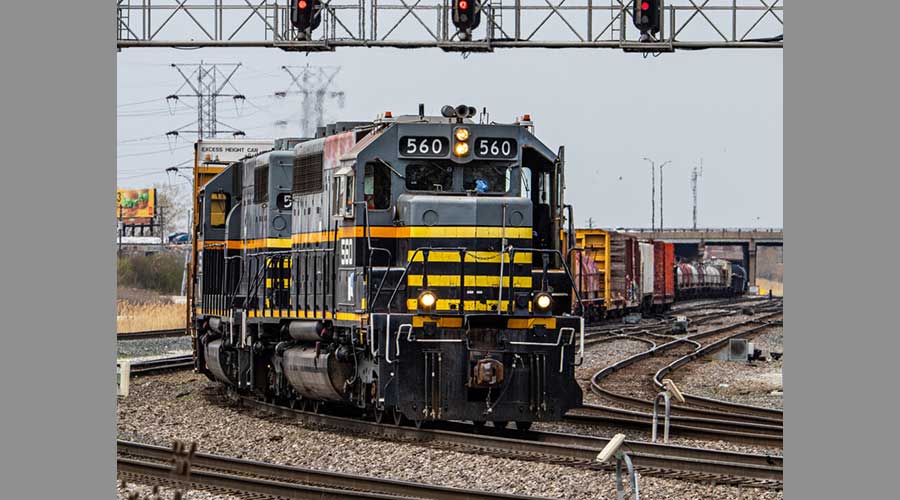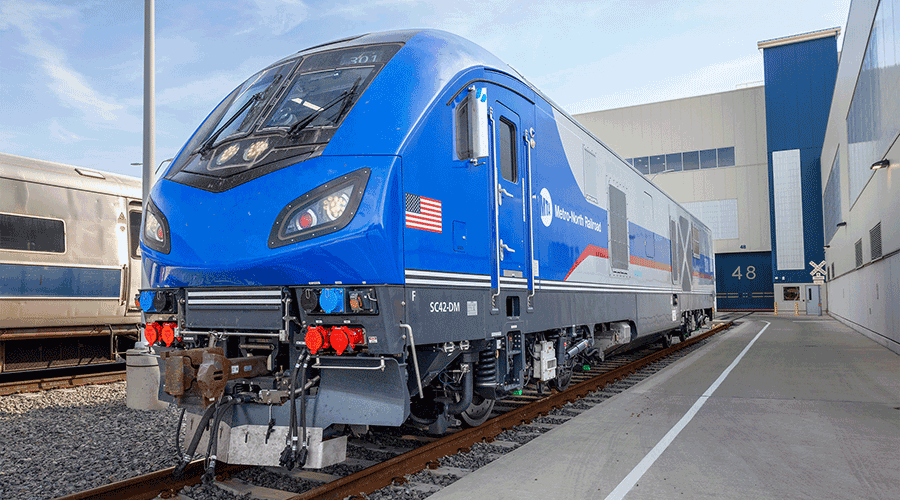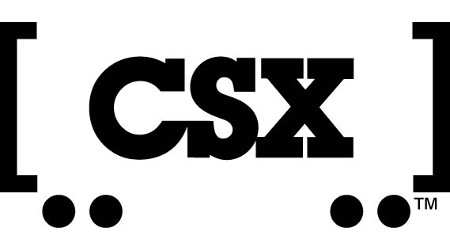Newsletter Sign Up
Stay updated on news, articles and information for the rail industry
Stay updated on news, articles and information for the rail industry
RAIL EMPLOYMENT & NOTICES
Rail News Home
Rail Industry Trends
Rail News: Rail Industry Trends
The number of rail industry re-regulation bills on Capitol Hill now has reached four. Last week, Rep. James Oberstar (D-Minn.) introduced the Railroad Competition and Service Improvement Act of 2007 (H.R. 2125) to the House.
A companion bill to S. 953, which was introduced in the Senate in March, H.R. 2125 proposes to amend title 49 of the U.S. code to “ensure rail industry competition, enable rail customers to obtain reliable rail service and provide those customers with a reasonable process for challenging rate and service disputes,” according to the bill’s text.
The legislation would clarify rail transportation policy and provide implementation directives; require railroads to provide transportation rates; eliminate competition barriers between Class Is, IIs and IIIs; improve the rate reasonableness standard and arbitration of rail disputes; and authorize the Surface Transportation Board to investigate and suspend certain railroad actions.
H.R. 2125 — which was referred to the House Committee on Transportation and Infrastructure — and S. 953 join the Railroad Antitrust Enforcement Acts of 2007 (H.R. 1650 and S. 772) as the four re-regulation bills in Congress. Introduced in March, H.R. 1650 and S. 772 propose to amend federal antitrust laws to expand coverage and eliminate exemptions that are “contrary to the public interest with respect to railroads,” according to the bills’ text.
"Over the past several years, industries that are served by only one railroad have faced spiking rail rates,” said Sen. Herb Kohl (D-Wis.) when he introduced S. 772 on March 6. “They are the victims of price gouging by the single railroad that serves them, price increases which they are forced to pass along, ultimately, to consumers. It is time to put an end to the abusive practices of the nation’s freight railroads and force railroads to play by the rules of free competition like all other businesses.”
But re-regulation would devastate the freight-rail system, making it “virtually impossible” for railroads to make the infrastructure investments necessary to meet growing transportation demand, according to the Association of American Railroads (AAR), which opposes the legislation.
Before the Staggers Act passed in 1980, a highly regulated rail industry faced a number of bankruptcies and infrastructure was in disrepair. The legislation paved railroads’ way to economic revitalization, helping boost traffic 85 percent, increase productivity 168 percent, decrease the accident rate 64 percent and lower rail rates an average of 56 percent in 27 years, the AAR said.
5/9/2007
Rail News: Rail Industry Trends
Another rail industry re-regulation bill enters Congress
advertisement
The number of rail industry re-regulation bills on Capitol Hill now has reached four. Last week, Rep. James Oberstar (D-Minn.) introduced the Railroad Competition and Service Improvement Act of 2007 (H.R. 2125) to the House.
A companion bill to S. 953, which was introduced in the Senate in March, H.R. 2125 proposes to amend title 49 of the U.S. code to “ensure rail industry competition, enable rail customers to obtain reliable rail service and provide those customers with a reasonable process for challenging rate and service disputes,” according to the bill’s text.
The legislation would clarify rail transportation policy and provide implementation directives; require railroads to provide transportation rates; eliminate competition barriers between Class Is, IIs and IIIs; improve the rate reasonableness standard and arbitration of rail disputes; and authorize the Surface Transportation Board to investigate and suspend certain railroad actions.
H.R. 2125 — which was referred to the House Committee on Transportation and Infrastructure — and S. 953 join the Railroad Antitrust Enforcement Acts of 2007 (H.R. 1650 and S. 772) as the four re-regulation bills in Congress. Introduced in March, H.R. 1650 and S. 772 propose to amend federal antitrust laws to expand coverage and eliminate exemptions that are “contrary to the public interest with respect to railroads,” according to the bills’ text.
"Over the past several years, industries that are served by only one railroad have faced spiking rail rates,” said Sen. Herb Kohl (D-Wis.) when he introduced S. 772 on March 6. “They are the victims of price gouging by the single railroad that serves them, price increases which they are forced to pass along, ultimately, to consumers. It is time to put an end to the abusive practices of the nation’s freight railroads and force railroads to play by the rules of free competition like all other businesses.”
But re-regulation would devastate the freight-rail system, making it “virtually impossible” for railroads to make the infrastructure investments necessary to meet growing transportation demand, according to the Association of American Railroads (AAR), which opposes the legislation.
Before the Staggers Act passed in 1980, a highly regulated rail industry faced a number of bankruptcies and infrastructure was in disrepair. The legislation paved railroads’ way to economic revitalization, helping boost traffic 85 percent, increase productivity 168 percent, decrease the accident rate 64 percent and lower rail rates an average of 56 percent in 27 years, the AAR said.


 2025 MOW Spending Report: Passenger-rail programs
2025 MOW Spending Report: Passenger-rail programs
 Gardner steps down as Amtrak CEO
Gardner steps down as Amtrak CEO
 Guest comment: Oliver Wyman’s David Hunt
Guest comment: Oliver Wyman’s David Hunt
 Women of Influence in Rail eBook
Women of Influence in Rail eBook
 railPrime
railPrime







